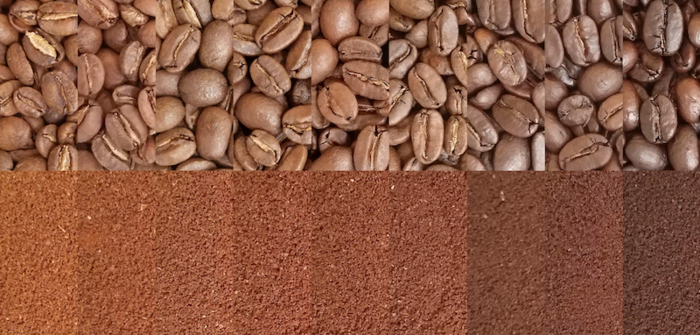
When you run into a coffee like that, it can be interesting to sort a sample of that back out into its constituent parts and try roasting the separate components and comparing those with the combined coffee. You'll often find that the combined coffee is superior to either selection, and doing that exercise is a good way to start busting myths that some green coffee buyers believe about excessive sorting.
While writing about blending that sometimes happens at origin (at the mill or exporter) I got to use the phrase "bimodal distribution". Finding a raw coffee with a bimodal distribution on some physical attribute (color of the raw seed is easiest to spot) is a good indication that some kind of blending happened before the coffee reached the roaster.
I know a guy who complains about his company's "blend to value" program, but there are actually creative ways to use neutral blenders and I'm not sure if there's any literature on that at the moment so I'm spending some time writing on that. Cost control/profit enhancement/price stability is only one aspect there (also mentioned) which tends to be the only focus when that's discussed.
Plus they'll get to taste the same coffee roasted in 18 different ways (9 in a light to dark progression, 9 showing the impact of timing changes in different parts of a light, medium, or dark roast) and learn how to reason about what they're tasting and how to connect that to their roasting data.
- Software
- https://typica.us
- Send Money
- https://typica.us/payment.html
Author of Typica software for coffee roasters.

